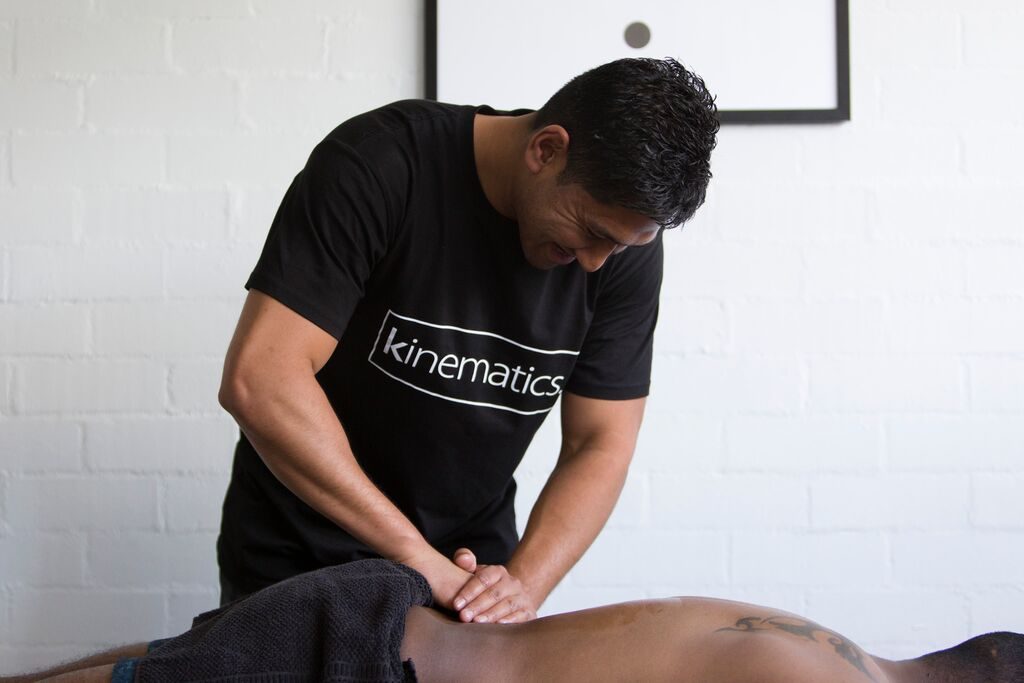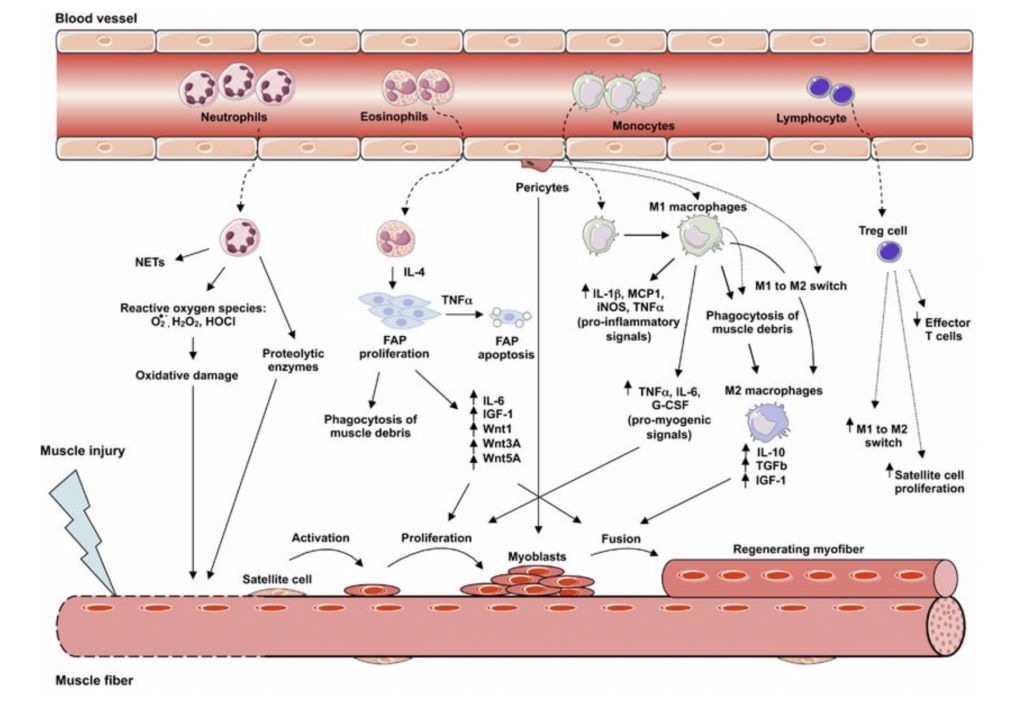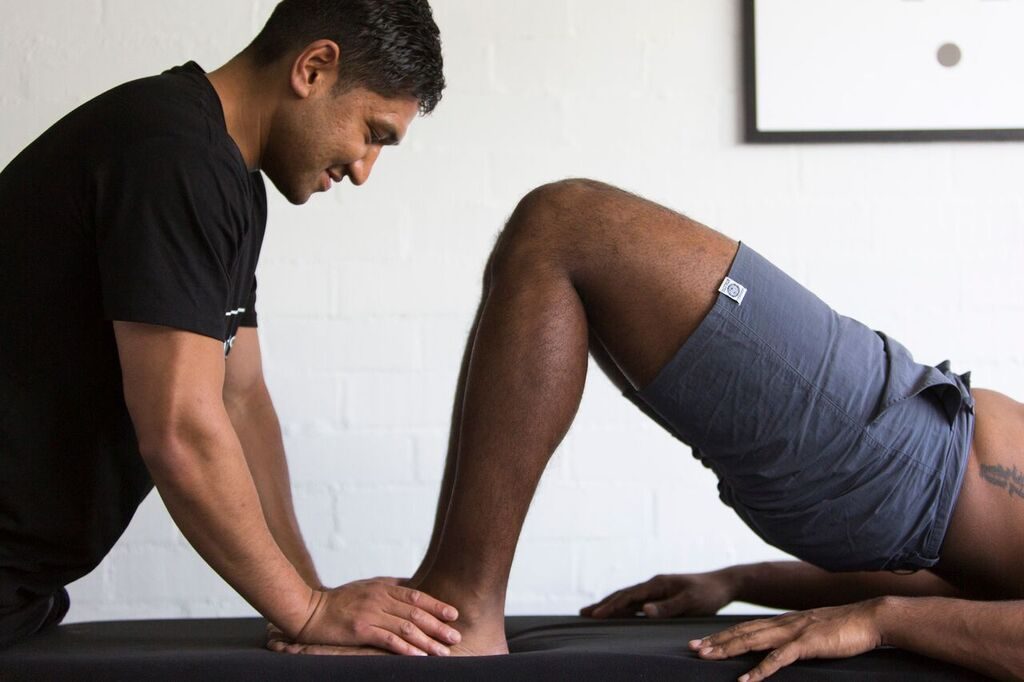The importance of rest for injury recovery.
September 30thAs for any career, there is always one part of your job that you dislike. For me as a physiotherapist, that part is telling my clients they need to rest from the respective sport or training that is aggravating their injury. Not only is delivering this news hard for me because I want to be a miracle healer and eradicate people’s pain instantly but for most of my clients, rest is the last thing they want to do.
The most common reason resting from sport or training is so difficult for clients, is that it means putting a halt on their progress and reaching their goals. Clients feel like they are going backward and all their hard work has been for nothing. However, as frustrating as resting from injury is, it is important to get the rest period over and done with sooner rather than later; understand why it is important in the bigger picture and consider other aspects that can help improve the efficiency of injury recovery.

Get your rest period over and done with!
The first strategy or perspective to take when resting from physical activity is “get it over and done with”. Based on the severity of injury (e.g a muscle strain or tear), your clinician will tell you how long you need to rest from strenuous activity. For example, if you sustain a moderate hamstring strain, your Physio will tell you to rest from strenuous lower limb loading for 4-6 weeks. From here, it would be better to ‘get it over and done with’ and rest for 4 weeks to get the best chance of fully recovering from this injury, rather than returning to activity sooner, risking aggravation and elongating healing times.
During the “rest” period, your clinician should provide you with a graduated exercise program to not only improve your injury recovery but to address any underlying factors which may have caused the injury in the first place. Although “rest” is not the answer you want to hear, by knowing that you have a clear timeline of when you should be physically able to return and do the things you love, resting and looking after yourself becomes a little easier.
Not only does avoiding recommended rest periods result in increased healing times, but it can also result in secondary (sometimes more serious) injuries. This is largely due to the body compensating (often without you realising) to protect the injured area which causes increased load on another area of the body. For example, I had a client with a moderate ankle sprain who needed to rest from sport for 1-2 weeks. Instead, she pushed through the injury and ended up getting a stress fracture in her foot ultimately resulting in having more than 2 months off. As one would say, short term pain for long term gain!
 Cell Death and Differentiation; Nature International Journal of Science 2016
Cell Death and Differentiation; Nature International Journal of Science 2016
Understanding tissue injury and repair.
Understanding the physiology behind the tissue repair process should make it easier for clients to adhere to prescribed rest and rehabilitation guidelines.
Following any injury, inflammation at the affected site is the standard, initial response of the body as it limits the extent of injury and initiates repair and regeneration of damaged tissue.
Upon tissue injury, damaged cells release inflammatory chemical signals that provoke local vasodilation(widening of the blood vessels), increased blood flow, swelling and the sensation of pain. After the initial inflammation stage of an injury, the tissue repair and regeneration phase starts and new, healthy tissue is produced.
During the first few days after an injury, a short period of immobilisation has been shown to accelerate the formation of new tissue at the site of injury but should be limited only until the new tissue reaches sufficient strength to bear the muscle-contraction induced pulling forces without re-rupture. At this point, gradual mobilisation should be started followed by a progressively intensified exercise program to optimise the healing by restoring the strength of the injured tissue, preventing muscle atrophy and the loss of strength and tissue extensibility.
In most cases, if rest and a graduated rehabilitation plan isn’t considered, the initial inflammatory response keeps repeating itself as the damaged cells aren’t able to heal and therefore they continue to release chemical signals causing ongoing inflammation and pain. It is therefore always best to consult with your clinician following an injury to determine the type and severity of your injury as well as establish a clear rehabilitation plan.

Other factors to consider.
Reducing mental and psychological stress during injury recovery is just as important as reducing physical stressors. There are many ways to do this but to keep it simple, doing the things you enjoy most are generally the most relaxing.
Engaging in relaxing activities helps to down-regulate the nervous system favouring the ‘rest and digest’ response, or the parasympathetic nervous system (which is one of the two divisions of the nervous system, the other being the sympathetic nervous system or the ‘flight or fight’ response). The parasympathetic nervous system aids with dilating blood vessels to enhance blood flow to the injured area and accelerate the healing process.
Spending time with family and friends is always relaxing (perhaps debatable for some). As a result, being in a social setting causes the hypothalamus (a region in the forebrain that contributes to functions of the nervous and endocrine systems) to release oxytocin, a hormone responsible for growth and repair. Oxytocin also creates a feeling of well-being, reduces experiences of pain and decreases anxiety.
Sufficient sleep is another important factor to consider during rehabilitation from injury as it stimulates growth and repair of injured tissues.
Lastly, nutrition can and should be used strategically to speed recovery. Eating more anti-inflammatory foods (and less pro-inflammatory foods such as those high in sugar and trans fats) can have a powerful effect on inflammation and recovery post-injury. If you’d like to read more about anti-inflammatory foods and nutrition post-injury, check out our previous blog by dietitian Evie.
Ultimately the type and severity of an injury will determine the appropriate rehabilitation plan. Inevitably “rest” from desired activities is often required to heal an injury successfully. It is always best to consult with a medical professional regarding an injury to ensure your rest time is minimised, recovery is maximised and to address any potential underlying causes to prevent any further injuries in the future.
By Joshua Ioane
Physiotherapist | Kinematics Health + Performance
Josh is available at Kinematics Tuesday – Saturday for Physiotherapy + injury rehabilitation services.
